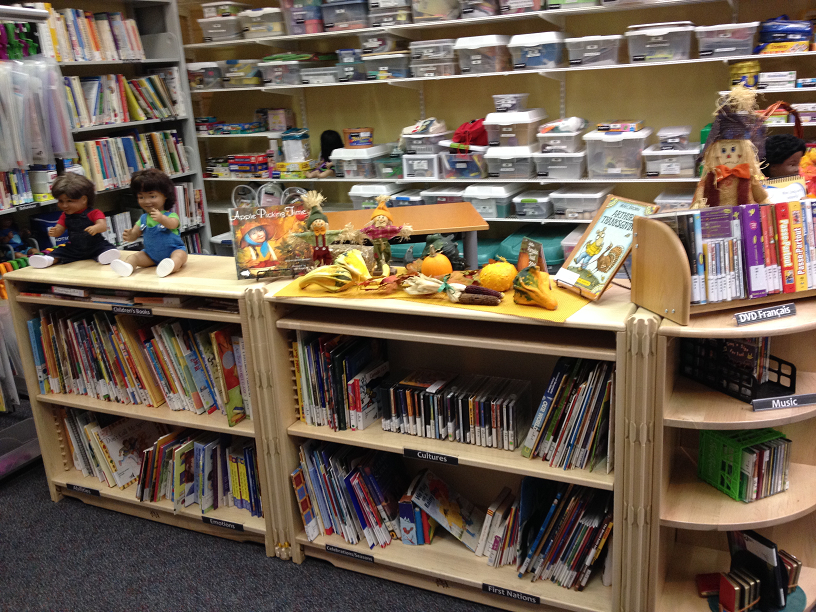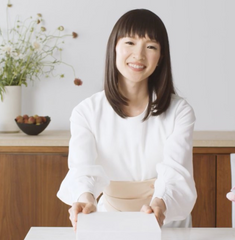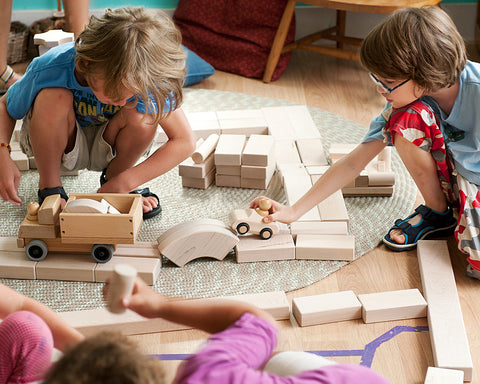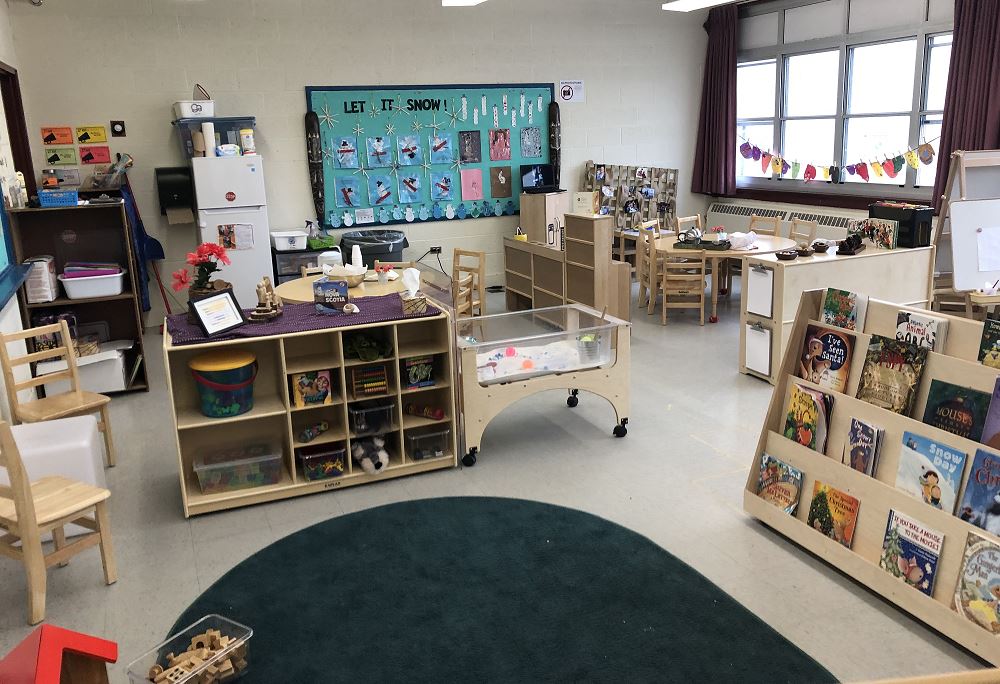Recently in a review of a large project LKG has led of supplying pre-primary classrooms with predominantly natural materials – wooden chairs and tables, cubbies, doll houses, blocks etc., we heard that local fire inspectors had raised some concerns.
But their concerns weren’t what we would have guessed. It boils down to when you bring in new stuff, it is worthwhile to consider what to do with the old stuff.
Fire Load
The fire inspectors pointed out that overall fire load is determined by the total amount of flammable stuff in any given space. An empty concrete room with concrete floors, has close to zero fire load – a fire entering this space would have nothing to feed on. A container of oil, a plastic chair, piling disposable cups from floor to ceiling – they all add to the fire load of that space.
Also fire load is calculated not just based on what is in the space but how densely it’s packed. i.e. put the same materials in a room half the size and the fire load increases proportionally.

Smoke
In calculating fire load the concerns of the fire inspectors were not with the new natural furnishings and materials predominantly made with wood. These professionals understand that in general, natural materials well-constructed to standards are less concerning in terms of fire hazard, then the non-natural items.
In a fire it is the smoke that is most dangerous and is the number one killer. Generally speaking, plastics will burn faster and hotter than most natural materials and their smoke will be more toxic.
Change over time
The fire inspectors expressed concern focused about the older materials, not the new stuff.
All materials change over time and with use. Cleaning products and solvents; exposure to light; moisture and heat; oils from skin, et cetera, change the properties of both natural and plastic materials altering their flammability.
The takeaway for the frontline educators was to reassess your old stuff, natural or not, when you get new materials or furnishings and consider getting rid of them.
But getting rid of some of your stuff that doesn’t necessarily mean having to throw it away.
Reassessing materials
Whether you apply Marie Kondo’s standard, "does this item spark joy" or a more pedagogical benchmark, when new stuff is coming in there’s a good opportunity to reassess the value of your old stuff.

Give your wooden blocks a close inspection. Not all wooden blocks are created equally. Our maple hardwood blocks, from Community Playthings, with their crafted finish and careful manufacturing, have been proven to last for decades and generations of children. However, less expensive, inferior quality wood blocks may start to chip and split over time.

Ruthlessly check your cupboards and shelves. Maybe there’s a tub of tree bark the students of a previous year collected that should be used in a craft. If they’ve deteriorated beyond usability, before relegating to garbage or recycling, consider the other options. Bark, feathers, cork and some papers could be composted or mixed directly into a garden bed.
Sharing
For toys and resources that are still usable, don’t throw it out just give it away. Remember fire load increases with the more stuff you have. While we all want well stocked, versatile classrooms, rich with stimulating materials, that has to be balanced with manageability and safety.
So while there may not be anything inherently hazardous with your old materials, just keeping them while adding the new stuff will increase fire risk.
Under or non-funded child spaces – shelters, hospital/clinic waiting areas, places of worship, even elder care residences for geriatric stimulation or play with visiting children -- might be able to make good use of your classroom’s surplus.
Sharing can lighten your fire load and improve someone else’s space, too!









